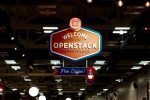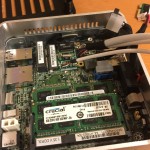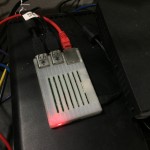As of today, EMC Corporation is no longer an independent company. Who thought we would see this day? From now on, EMC is simply a brand for parts of Dell’s Infrastructure Solutions and Services businesses. This marks a major shift in the enterprise storage world, for IT, and perhaps for American business in general.
VMware
Free as in Coffee – Thoughts on the State of OpenStack
Last week I headed to Austin, Texas to attend the semi-annual OpenStack Summit there. Along with the usual socializing, I was looking to understand the current state of the technology: What does OpenStack really mean these days, and where is it going? Let’s start with “free”. As “the Internet” is quick to point out, this critical word has multiple […]
Doodling on the Value of EMC, VMware, and Dell’s Offer
I’m not a stock analyst, and this is merely my own quick calculation, but this doesn’t seem like a good deal for shareholders. Dell walks away with a huge amount of value and shareholders are left hoping for the best. No wonder shares of EMC are still well below the alleged “$33.15 per share” offer price! Right now, it looks like they’re valuing that VMware tracking stock at only $4 per share, not the $9 Dell hoped.
Adding a Second Ethernet Port to an Intel NUC via Mini PCIe
As I mentioned in my previous post about Raspberry Pi power monitoring, I recently built a VMware vSphere “datacenter” from three Intel NUC mini PC’s. One limit of the NUC is that it has just one Ethernet port. But there’s a Mini PCIe slot inside the fourth-generation NUC that can be used to add a second Ethernet NIC!
Automated UPS Monitoring for vSphere with NUT and Raspberry Pi (Cheap!)
NUT is a wonderful and extensible power management framework, and the Raspberry Pi is an awesome platform on which to run the UPS monitoring drivers and upsd server daemon. Even if you’re not running vSphere, a Pi running NUT makes sense for the connected servers found everywhere today.



